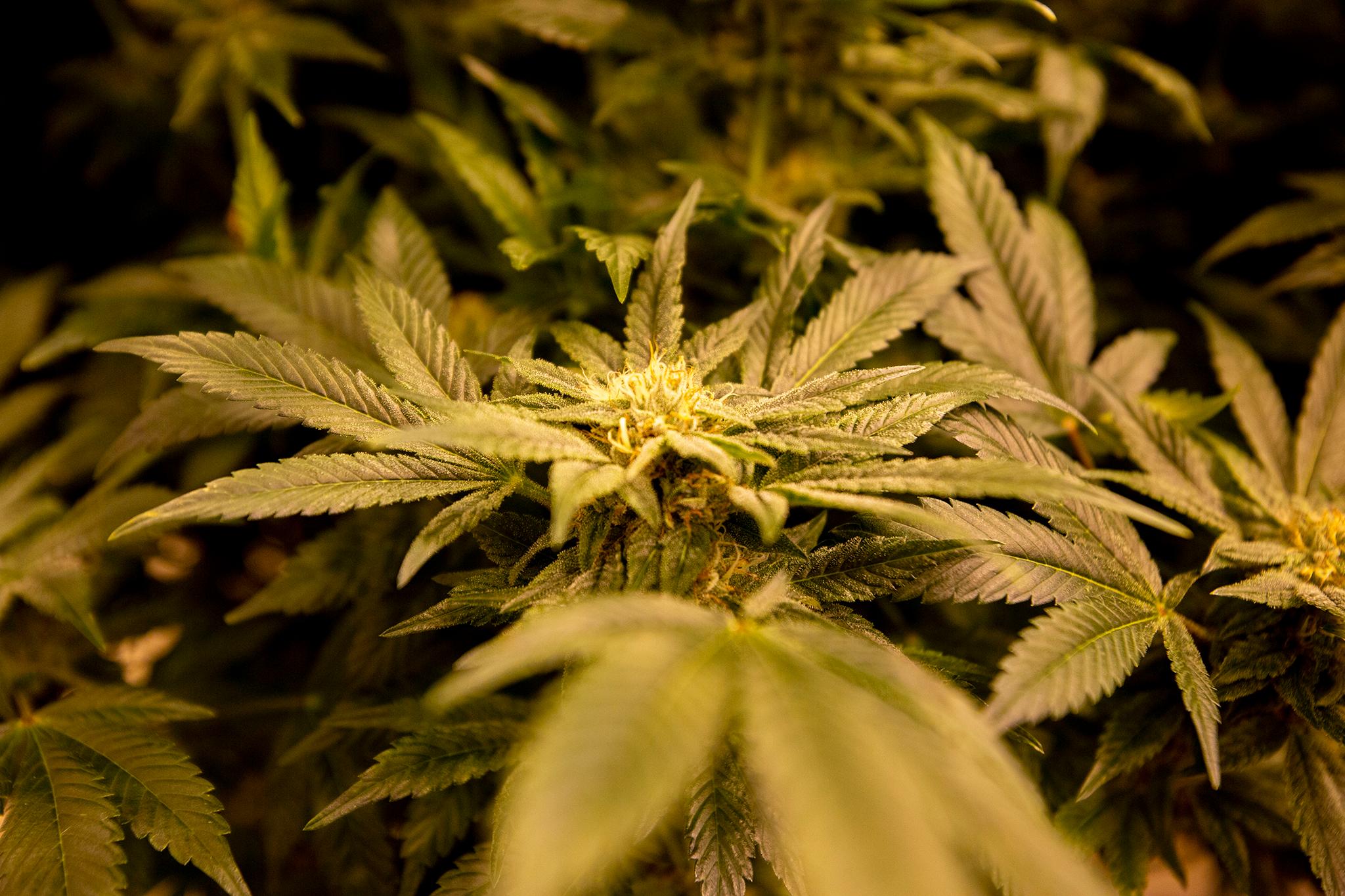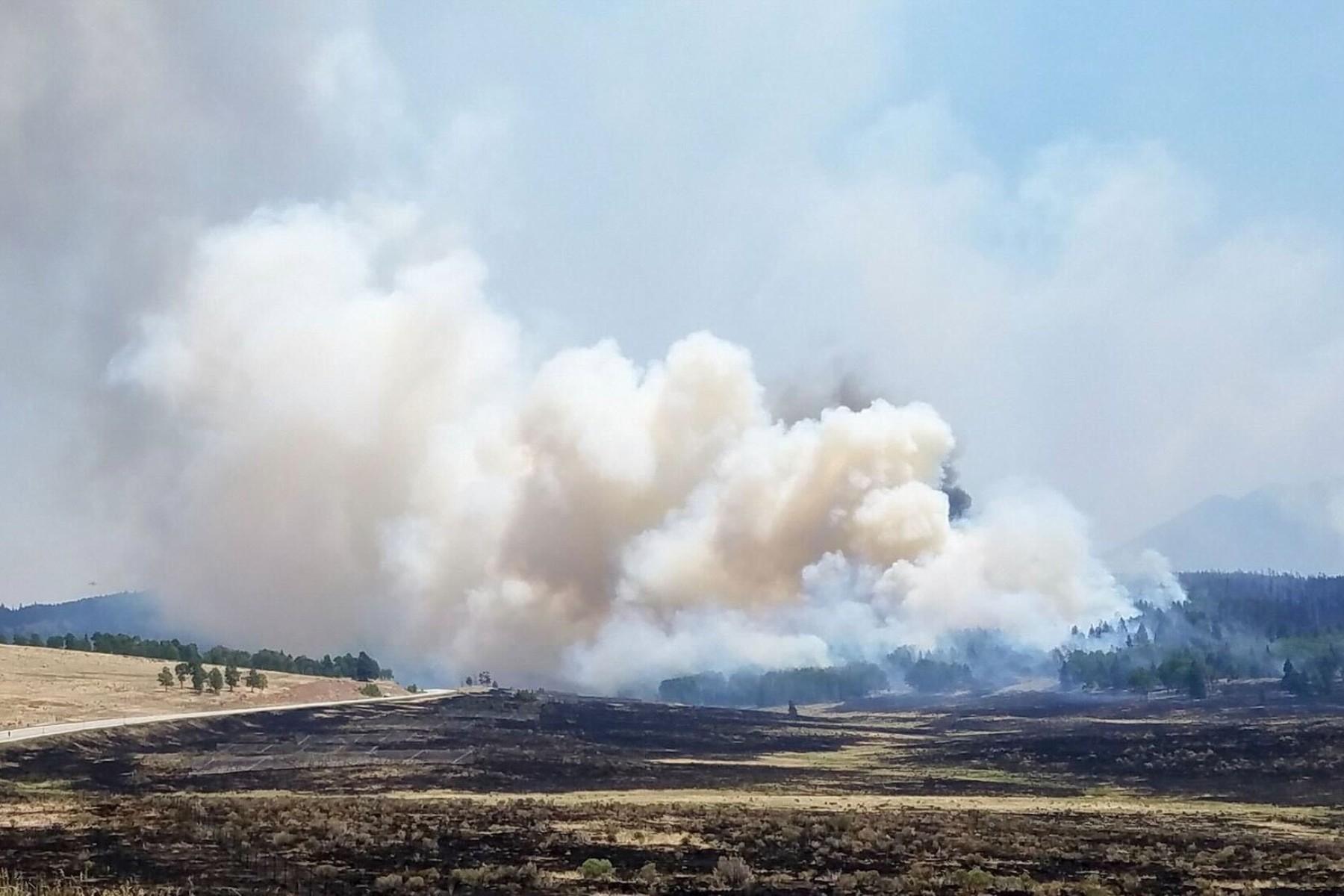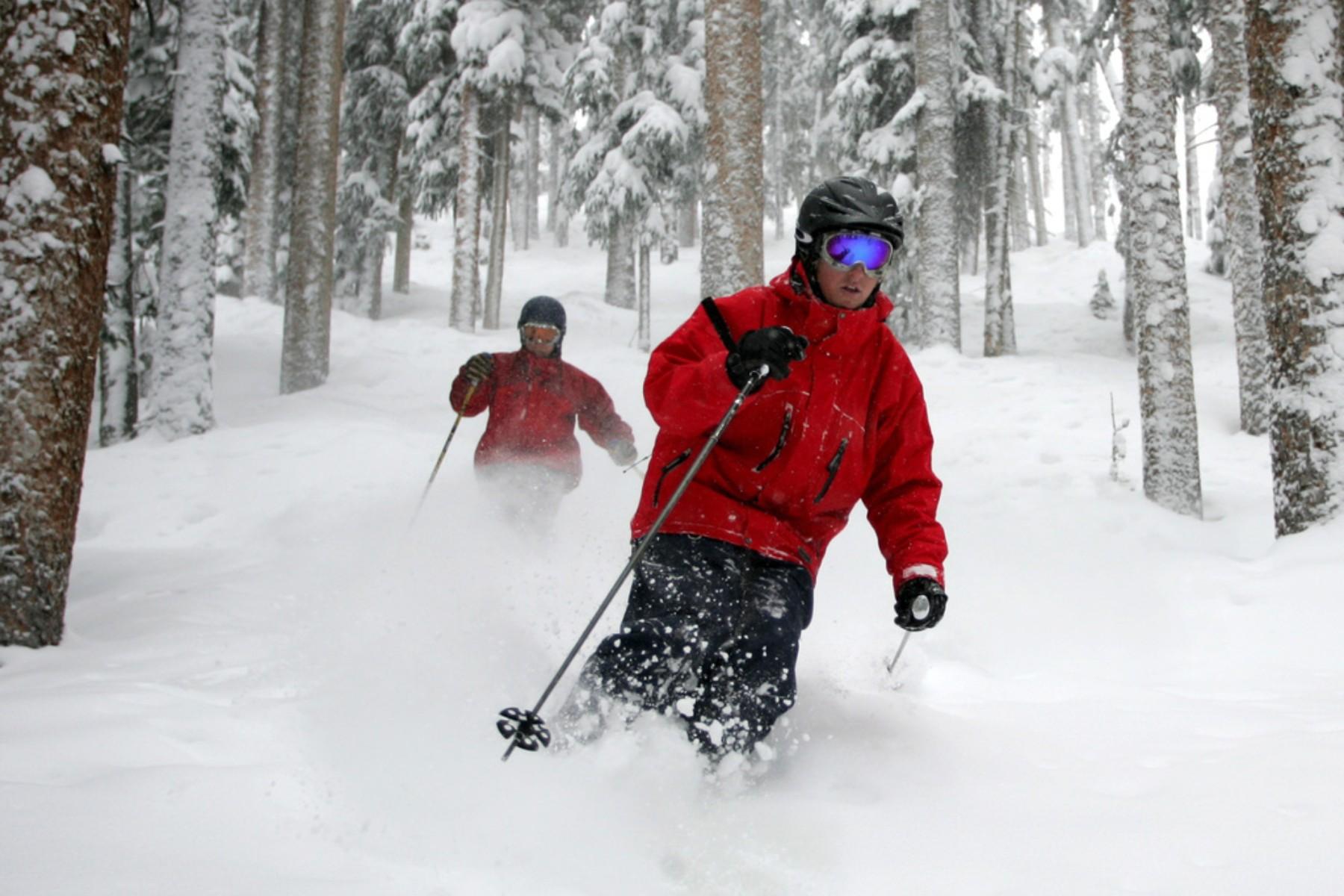
“I give up,” the young man said. “I don’t even care if I die.”
That’s what a teen in northeast Denver told Darlene Sampson last week. She’s a social worker and equity consultant who often works with young people in the metro area. Sampson was one of several community workers and parents at a press conference Monday urging Denver Public Schools to take a more holistic approach as it grapples with the issue of school violence and safety.
The press conference was hosted by the Parents-Safety Advisory Group, or P-SAG, which meets every Monday morning near East High School. After two deans were shot on March 22 at East, the DPS school board gave district officials a June 30 deadline to deliver a long-term school district safety plan for how best to protect the district’s 90,000 students and 14,000 employees.
Sampson said she is working with multiple children and families in northeast Denver experiencing trauma, which youth can carry with them to school. Speakers said trauma — whether it be youth who are exposed to violence and abuse, or those who lack positive adult figures — combined with a steady diet of violent bravado on social media where youth can also easily buy weapons underlies much of the violence and disruptions in schools.
While the district has heralded its reduction in out-of-school suspensions, the parent advisory group wants to see metrics for violent incidents, guns brought to school and lockdowns. The group wants clear targets for safety assessment and a deep examination of safety risks. It’s calling for transparency and community involvement in developing long-term, sustainable safety plans.
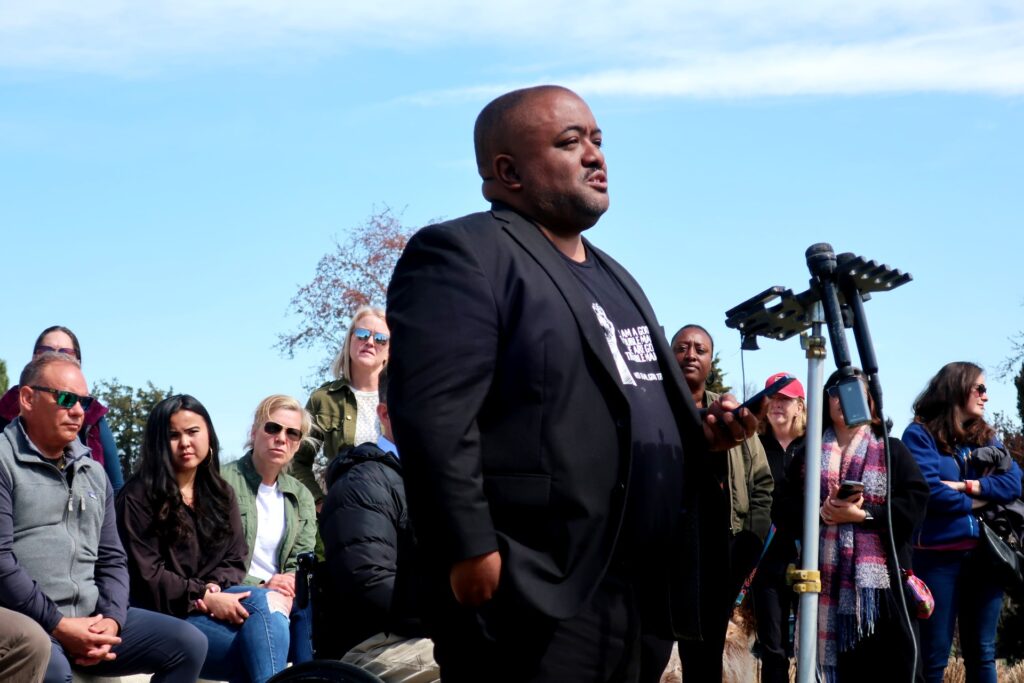
'How do we create spaces that are life-giving?'
Many at Monday’s press conference stressed that violence prevention will take a broad, multi-faceted approach that goes beyond readjusting a school district discipline matrix or reinstalling the police officers that were removed from schools in 2020.
“How do we create spaces that are life-giving?” asked Vernon Jones, an executive partner with FaithBridge, which helps educate parents on education matters. “How do we navigate trauma? How do we ensure that when we say experts are at the table, we don't mean exclusive groups, but we mean the broad coalition of communities who can co-create solutions that will be sustainable?”
Sampson said kids can also be triggered by a lack of affirmation in schools, or when they’re racially profiled in the mall, by uncaring adults or, “when they don't see a plan, when we don't restore order and safety, when we don't care about how they feel, and we don't give voice.”
Adults aren’t listening to what students experiencing the “collective trauma” are feeling and thinking and needing, Sampson said.
She also cautioned that there are “untrained” people who don’t have the skill level or know what trauma means in different communities who are working with children. She said youth tell her that they don’t have access to culturally competent services “someone who really hears their voices and understands what they’re going through.”
Schools aren’t necessarily designed to take advantage of the strengths Black and Latino community groups can offer, Jones said. Some principals don’t feel they have the autonomy to bring in violence-prevention partners or have to go through a lot of “bureaucratic red tape” to get them into the building.
Sampson sees well-trained community partners operating in other school districts in the country.
“They are utilizing parent patrols, parent support, caring, empathic, and thoughtful support,” she said. “They are not a posse to go and look at kids and to get them into the school-to-prison pipeline. They have to be folks who care and love for our kids and see them as resilient and beautiful as they are.”
What DPS has announced for its safety plan so far
DPS announced last week it is contracting with Murphy Robinson, a former city public safety official, to put together a school district safety plan. A district press release said Robinson will help in, “evaluating current building infrastructure, systems, policies and training, as well as the safety culture that exists within the organization.”
The district’s “Strategic Roadmap” calls for creating a safe, welcoming and inclusive environment for students that supports students' physical, mental and emotional safety. It also calls for dismantling oppressive systems and creating a safety plan that is both equitable and transparent.
It says it will establish a community advisory panel that includes representation for at least 10 different organizations that serve historically marginalized communities. In an April 17 board meeting, Superintendent Alex Marrero laid out a plan that calls for participation from members from already established advisory councils, such as the Black Family Advisory Council and the Student Advisory Council.
April Martinez is the parent of three DPS graduates and one child still in Aurora Public Schools. She contends that DPS has processes that “systemically leave out diverse groups of voices.”
“Just speaking with chosen advisory circles is not enough,” she said. “What are the plans to clarify information and help ease parents' worries? Because parents are worried. We are worried because decisions continue to be made without us and with data that is not trustworthy?”
DPS said it will consult with the larger community. On Friday, DPS sent out a safety survey to district families. The district will release a preliminary plan for community review on May 1, solicit feedback and conduct in-person, virtual and phone town halls through May 21. An updated draft of the plan will be released by June 1, with the final version scheduled for June 30.
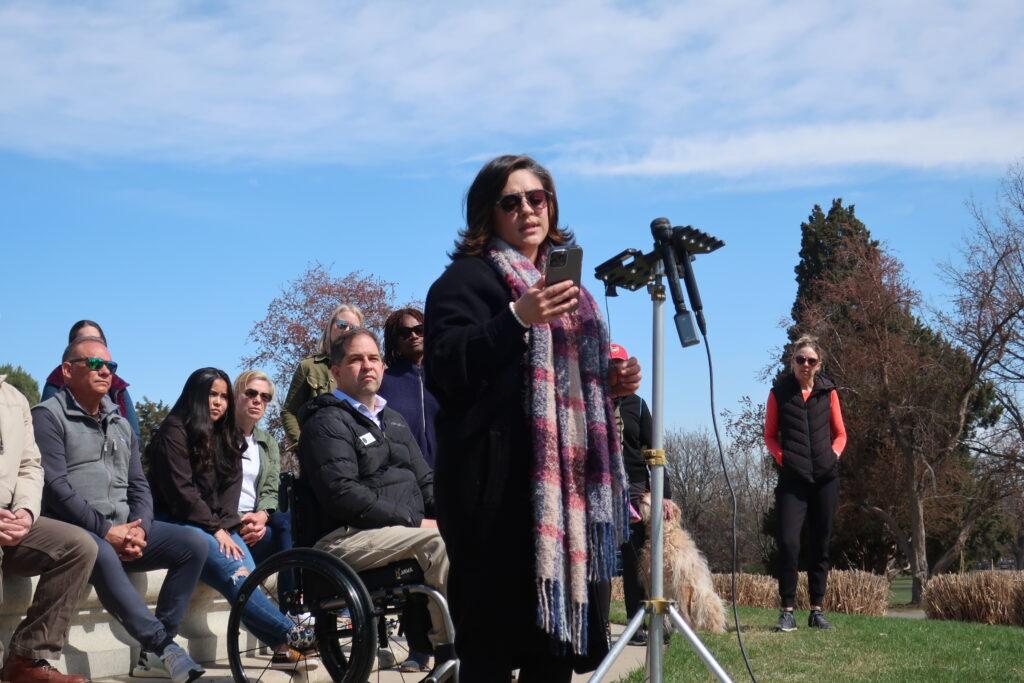
Advocates say more community programs are needed, as well as increased oversight of online spaces where kids buy guns
The challenge extends far beyond schools.
“This is not just about school buildings, but it's very much about the blocks around our schools,” said Jones. “It's very much about the rec centers being open. It's very much about the city resources that our children need. So community partners are essential.”
Youth advocates would like to see more community programs, mentorship programs and other efforts like Power of One, a youth violence prevention initiative. It focuses on, “creating different opportunities for them to keep their minds occupied and have them thinking that violence is the only way,” said Dane Washington Sr., a DPS parent who works with Denver Metro Community Impact and has worked with CU Boulder’s Center for the Study and Prevention of Violence.
Washington said there also needs to be social media reform. First, kids fighting escalates on social media. Then kids are accessing weapons through social media platforms like Snapchat and Instagram, he said.
“They're exposed to so much on social media and use that as a tool to communicate, distribute weapons. There are some social media sites that traffic, guns, drugs and a lot of other stuff …There’s nobody monitoring this stuff. There's nothing that's being done to stop it or prevent it.”
Jones recalled listening to a youth-led town hall this weekend on violence, trauma and mental health.
“The one thing that I heard from these young people, loud and clear, was — they cannot realize a promise of their lives if they are not alive,” he said. “And alive does not simply mean physically alive … You've got children who are walking around here alive, but dead alive, but missing hope alive, but absent joy alive, but just going through the motions, because we have failed our children.”

